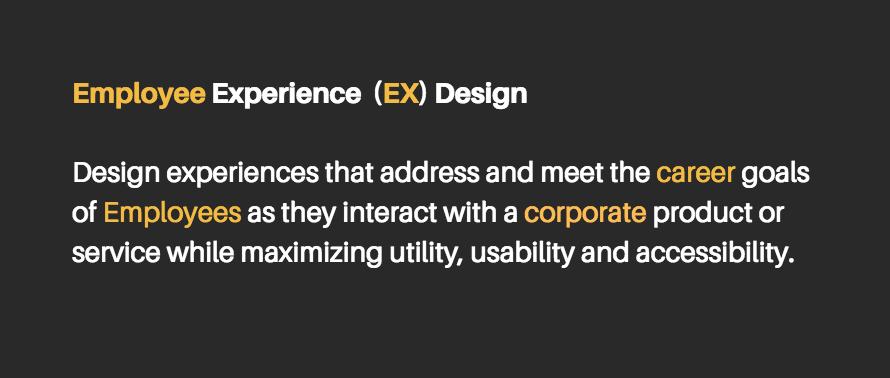By now it is very likely that you’ve heard the term “digital divide” being thrown around in discussions about equalizing access to computing technologies and the Internet. This term is specially relevant now in the current global context. The COVID-19 pandemic has shone a light on the vital importance of virtual, over-the-internet experiences to ensure continuity in crucial economic and social activities (remote work, e-commerce, banking, food delivery, live-streamed events, etc.)
It is clear that the economic and social effects of the pandemic would have been much, much worse had it occurred at a time in human history without accessible broadband internet access, mobile phones and innovative web technologies. Yet there is still a substantial portion of the human population, about half of the world, without the privilege of having affordable access (or access at all) to the Internet.
Something I’ve noticed is that the digital divide conversation is often discussed as a hardware problem. Experts are either laser-focused on finding affordable ways to build the physical infrastructure needed to establish connectivity, or talking about how Moore’s law and cost-effective manufacturing materials can yield capable and affordable mobile phones for emerging markets. Though the discussion around hardware innovation and access is critical, it eclipses the other half of the problem: software.
Hardware is built to run software. And regardless of how available internet access becomes, if the software is inefficient or unnecessarily bloated, it will offset the capabilities of the hardware.

